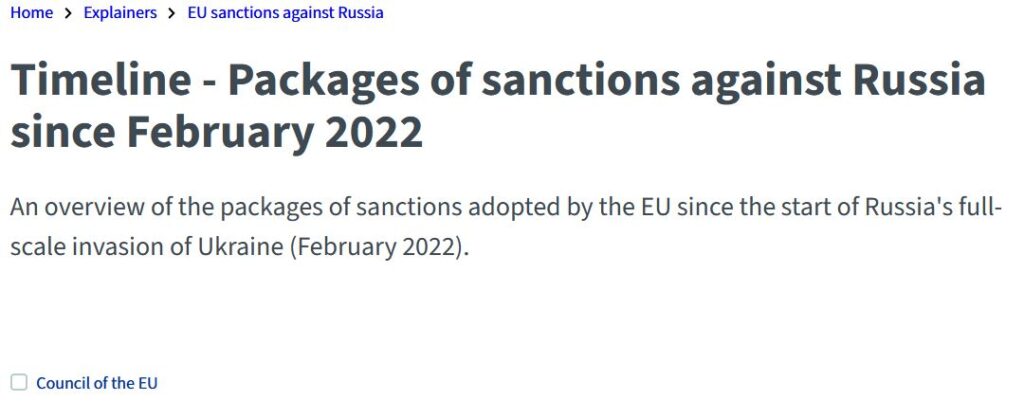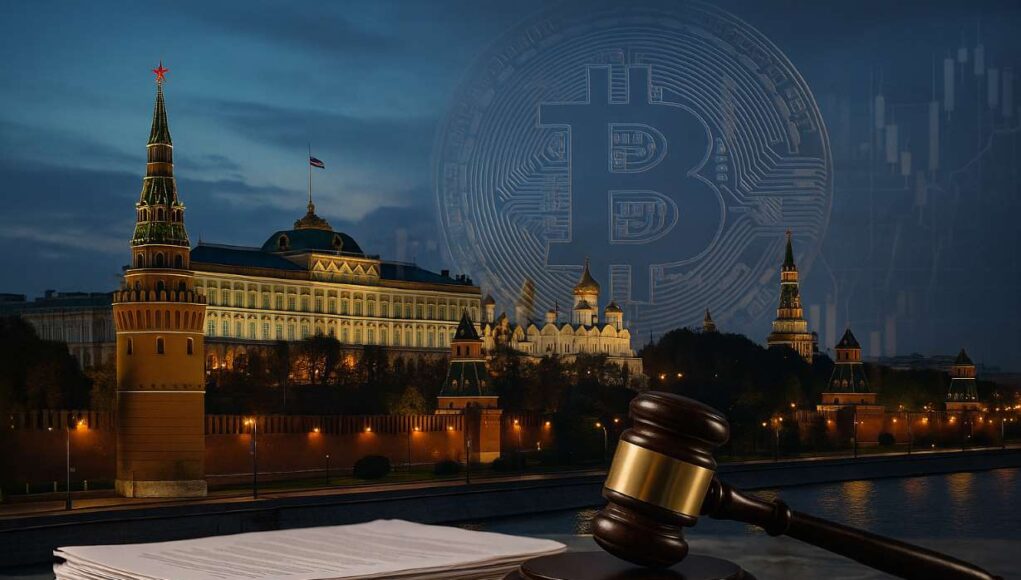Not long ago, Russia stood firmly against cryptocurrency. The Central Bank of Russia (CBR) saw it as a threat to financial stability. It proposed outlawing mining, trading, and usage altogether. But by 2024, Russia’s crypto policy had undergone a dramatic shift. The government legalized crypto mining and approved digital assets for international trade. What caused this pivot? A mix of geopolitical pressure, economic necessity, and a desire to reduce reliance on Western-controlled financial systems.
2014–2020: Passive Monitoring and Institutional Skepticism
Before the global financial order changed, Russia’s crypto policy was defined by caution. The CBR issued warnings about crypto’s risks and volatility. It emphasized potential use in illicit activities. Crypto lived in a legal gray zone—neither fully legal nor banned. Its use was discouraged, and institutions stayed away.
2021: The Push for Prohibition
In 2021, the CBR called for a complete ban on crypto. It wanted to outlaw mining, trading, and issuance. Officials said crypto threatened monetary policy and consumer safety. The Ministry of Finance disagreed. It supported regulation instead of prohibition. This policy divide slowed government action. But it also proved that crypto had grown too big to ignore.
2022–2023: War, Sanctions, and Strategic Recalibration
In February 2022, Russia invaded Ukraine. This triggered harsh economic sanctions. Banks were cut off from SWIFT. Foreign reserves were frozen. Cross-border payments became difficult. Suddenly, decentralized digital money seemed like a lifeline.
Policymakers began to reassess crypto’s value. Domestic crypto payments stayed illegal. But lawmakers started exploring crypto’s use in foreign trade, especially with countries outside the Western sanctions regime.

>>> Read more: Russia’s Crypto Loophole: Can Sanctions Stop Oil Trade?
2024: A Turning Point in Russia’s Crypto Policy
By 2024, the tone had changed. In August, President Putin signed a law legalizing crypto mining. Registered companies could mine. Individuals could mine without registration if their energy use stayed below limits.
In November, parliament passed a tax law for crypto profits. Mining and sales were exempt from VAT. But income and corporate taxes still applied. These steps marked the start of crypto’s integration into Russia’s economy. Domestic crypto payments, however, remained off-limits.
>>> Read more: Russia’s Crypto Exchanges to Counter Sanctions, Challenge Dollar
Strategic Objectives Behind the Policy Shift
Several goals shape Russia’s current crypto policy:
- Sanctions Evasion: Crypto offers new ways to move money when banks are blocked.
- De-Dollarization: Russia wants to reduce its reliance on the U.S. dollar.
- Energy Monetization: Mining puts surplus electricity to use, especially in Siberia.
- Global Positioning: Russia aims to stay competitive as other countries embrace crypto.
Conclusion
Russia’s crypto journey is not about ideology. It’s about strategy. The country legalized mining, built a tax framework, and enabled crypto use in international trade. Yet crypto use at home remains banned, and the Central Bank still has doubts. This isn’t about being “pro-crypto.” It’s about using a redefined crypto policy to pursue Russia’s national interests in a divided global economy.
Coming Next
In Part 2 of this series, we explore the power struggle within Russia’s financial institutions:
“The Central Bank vs. the Market: Who’s Steering Russia’s Crypto Direction?”











[…] >>> Read more: Russia Crypto Policy: From Ban to Regulation […]
[…] the past six articles, we’ve mapped how the country moved from a proposed crypto ban to a multi-pronged digital finance strategy. With legal Bitcoin mining, state-licensed platforms like Sberbank DFA, and the foundation of a […]